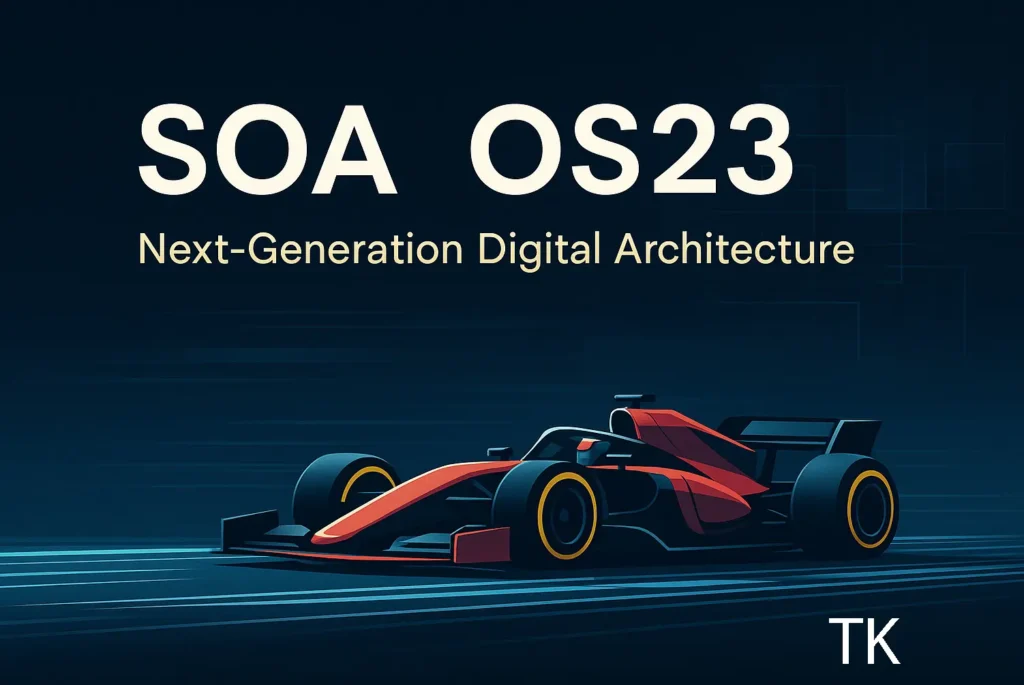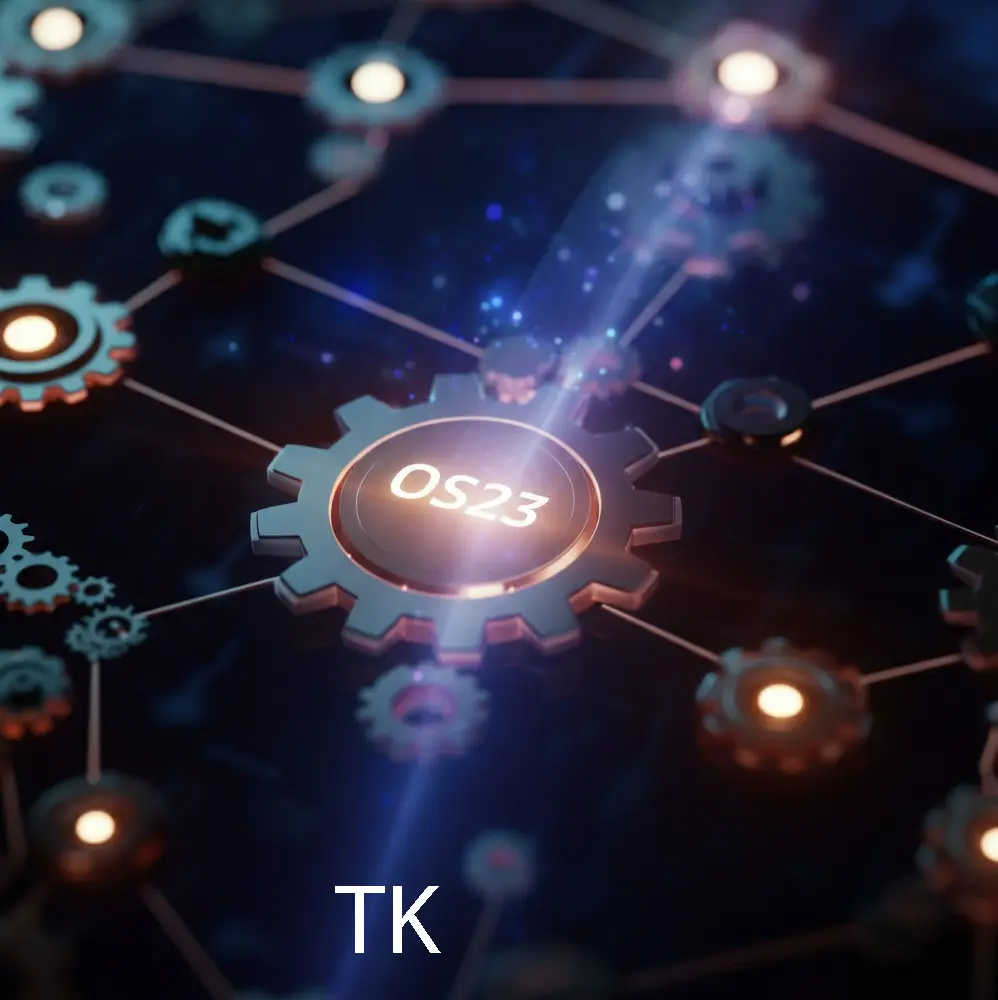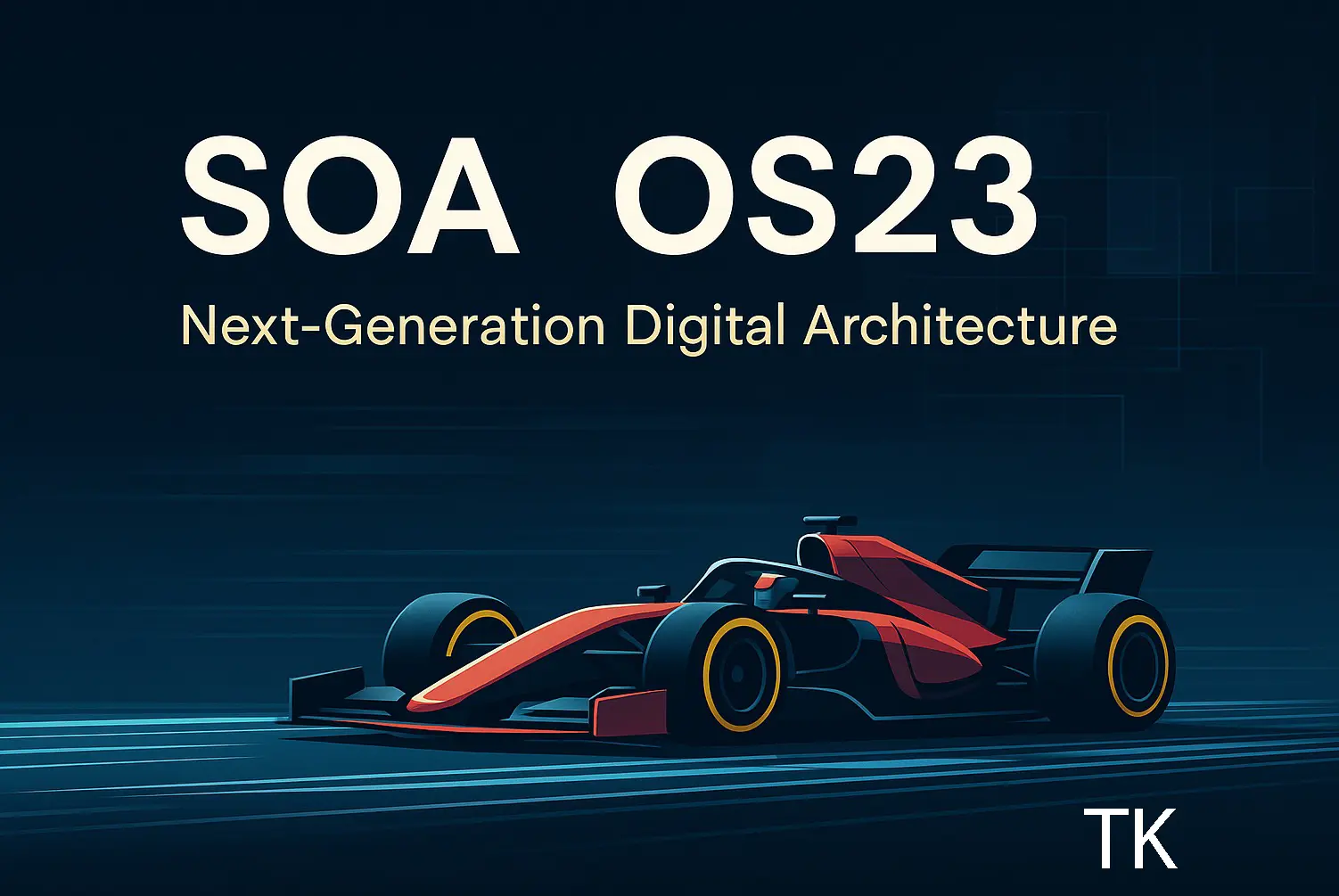SOA OS23 is a new software platform or operating system that is especially built for modern service-oriented architecture systems. It is an evolution of classic SOA models into modern dynamic systems due to the integration of AI, APIs, and microservices. Service-oriented architecture is especially designed to fulfill the needs of today’s AI-integrated, cloud-native, and hyper-connected business environments.

What is SOA OS23?
SOA OS23 is the service operating system for the modern digital enterprise. SOA stands for Service-Oriented Architecture (a platform where services are provided to other components over a network). OS stands for operating system, and 23 refers to the year 2023.
It is a modern, cloud-native service operating system. It is especially built to control the legacy SOA constraints while retaining its best qualities like service reusability, interoperability, and loose coupling. Moreover, the latest innovations that are integrated into SOA OS23 are microservice architecture, API development, AI-based service orchestration, zero-trust working, and security.
Why SOA OS23 Needed to Evolve
Service-oriented architecture (SOA OS23) was an innovative and creative concept in the early 2000s that offered a method to build a modular system where services could interact over a network by using standard terminals. For enterprise computing, it introduces loose coupling, abstraction, and reusability. Traditional SOA was designed for on-premise infrastructure and is also used for communication protocols like SOAP. However, as technology advanced, these technologies were not beneficial for today’s cloud-native environments that require lightweight, fast, and stable communication between services.
SOA introduced important concepts that influence modern architecture; it had to develop due to limitations in scalability, flexibility, and observability. This evolution has given rise to new standards systems like microservices, serverlesscomputing, and intelligent service platforms like SOA OS23. All these standard systems aim to preserve the original benefits of SOA while making it suitable for the demands of an AI-driven world and cloud native.
Core Features of SOA OS23
Microservices-Native Environment
SOA OS23 is a microservices-native environment that is basically designed for scalability, fault isolation, and agility. Unlike the traditional SOA that is used for monolithic services modules or shared services layers, these methods support only the deployment of lightweight, containerized services that are independently developed. Services can be deployed through Docker containers that are scaled dynamically based on memory usage and traffic. SOA OS23 ensures faster time to market and better resource utilization.
Intelligent Services Orchestration
SOA OS23 introduces a powerful and strong intelligent services orchestration engine that goes beyond simple workflow management. It also uses artificial intelligence and machine learning for best performance in services and to predict and prevent the services failures. Services can be controlled dynamically by using policies, business rules, and service health metrics.
Zero Trust Security
In SOA OS23, there is zero trust security by default. Every service-to-service communication is done by mutual TLS. Moreover, it is controlled by strict policy-based access control, like using OPA. It also includes service identity management, role-based and attribute-based access control like RBAC and ABAC, and security policies for APIs and data layers. SOA OS23 architecture ensures modern security standards like NIST SP 800-207 for detection of service calls and behaviors.
API Gateway
SOA OS23 includes a centralized API entry point that offers API routing, load balancing, authentication or authorization for external consumers, and monitoring of all API calls. A developer self-service protocol is also integrated in it that provides API documentation, a sandbox environment for testing, and analytics usage. This ensures seamless interaction between internal developers and external partners.
Artificial intelligence and machine learning integration
After recognizing the importance of artificial intelligence in digital platforms, SOA OS23 integrates machine learning modules and services. This includes modern hosting and deployment through ONNX for fraud detection AI inference and data preprocessing services for service chains. In addition, it also uses AI for service health prediction, automated scaling decisions, and intelligent service routing.
Data Abstraction
Modern applications need to interact with multiple data stores. SOA OS23 includes adapters that abstract communication with SQL and enable data replication. It also provides data lineage for regular compliance. Moreover, it supports event sourcing and CQRS patterns for decoupled data processing. This modern architecture design allows users to be developed independently for data storage concerns and improving testability and movability.
Technologies Used in SOA OS23

SOAP (Simple Object Access Protocol) for error handling and security protocols.
REST (Representational State Transfer) to improve the performance and speed of modern web services.
WSDL (Web Services Description Language): It describes what a web service is and how to use it.
UDDI (Universal Description, Discovery, and Integration) It is a directory where web services are published and registered.
Uses of SOA OS23
SOA OS23 is especially designed to serve as a strong, intelligent, and secure foundation for building, deploying, and managing distributed digital services. Its architecture supports and maintains cloud-native applications, AI-driven workflows, and secure microservice ecosystems. It is highly comfortable and adaptable, which makes it useful across a wide range of companies and industries. Some uses of it are given below:
Enterprise application modernization
SOA OS23 enables large organizations to update legacy systems by breaking down monolithic applications into scalable and modular services. It also uses refactoring legacy CRM into microservices. All this help in improvingagility and faster updates, reducing technical failure, and gradual transformation with minimal downtime.
Banking & Financial Services
In finance, where compliance, flexibility, scalability, and performance are critical, SOA OS23 supports secure, stable, and real-time architectural services. By using AI-based service orchestration, it helps to detect fraud. It also offers secure API delivery for mobile and partner banking. In finance, it helps in digital banking products and resilient architecture with failover and self-healing services.
Healthcare System Integration
SOA OS23 provides health tech platforms with tools that offer diagnostic services. It is used for secure access of patient data and integration of IoT medical devices using microservices. It also uses AI-assisted diagnostic workflow through machine learning services. Moreover, it helps in faster, smarter diagnosis and treatment methods.
Industrial Automation
In industrial automation, SOA OS23 is used in interoperability, flexibility, and integration among different automation systems, devices, and IT services. It also machines, systems, and controllers to expose their functionalities as services, enabling automated systems to be more adaptive, smarter, and modular.
Security Management
It enhances security management and also offers centralized control over services access. To enhance security management, it uses high-quality security protocols like WS-security.
Cloud Computing Platforms
Many cloud computing services like AWS are based on SOA OS23 principles. Moreover, it enables dynamic provisioning and service orchestration.
Conclusion
SOA OS23 represents a modern and flexible platform to build distributed systems where software components are loosely coupled and communicate over a network through well-defined interfaces. In addition, By integrating key technologies like SOAP, REST, WSDL, and UDDI with modern tools like API gateways, message brokers, and containers, SOA offers maintainable, scalable, reusable software services.
SOA plays an important role in cloud computing, enterprise systems, and microservices architecture. Moreover, it promotes reusability and agility in software design, making it a key feature in the evolution of service-based systems.

FAQs
What is SOA OS23?
It is the service operating system for modern digital enterprises. It is especially built to control the legacy SOA constraints while retaining its best qualities like service reusability, interoperability, and loose coupling.
Why SOA OS23 Needed to Evolve
Service-oriented architecture was an innovative and creative concept in the early 2000s that offered a method to build a modular system where services could interact over a network by using standard terminals.
Write Core Features of SOA OS23.
The core features are Intelligent Services Orchestration, Zero Trust Security, API Gateway, artificial intelligence and machine learning integration, and data abstraction.

